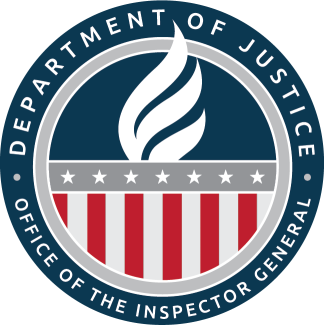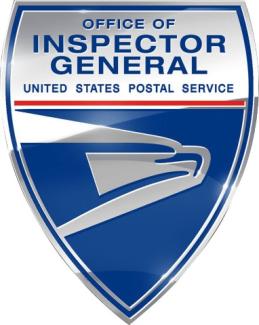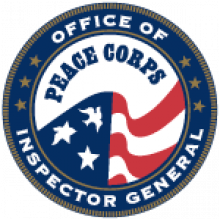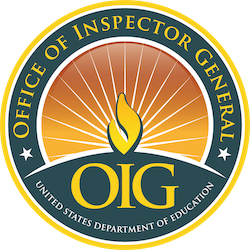Report Description
Our audit sought to determine whether OPE’s internal controls were adequate for evaluating grantees for duplication of effort; whether the Talent Search, Upward Bound, and Gaining Early Awareness and Readiness for Undergraduate Programs (GEAR UP) programs resulted in duplication of services provided by selected grantees; and whether selected grantees experienced administrative burdens or inefficiencies as a result of administering multiple programs with similar objectives. Based on our review of student records, we did not identify any duplication of services provided under the three programs, nor did we identify any duplication of services at the two schools reviewed, Berea College and Eastern New Mexico University-Roswell, for FY 2011. In addition, officials at both schools stated that they did not experience burdens or inefficiencies. We did, however, determine that OPE had not implemented adequate internal controls to provide assurance that grantees minimized the duplication of services, and we could not determine whether duplication of services occurred at Eastern New Mexico during FY 2009 and FY 2010 because the school did not maintain documentation that would have enabled us to do so. Also, regarding Eastern New Mexico University-Roswell, for FY 2009 and FY 2010, the school’s GEAR UP records did not support the services provided, the number of students served, or certification of its annual performance reports. As a result, the Department may have awarded grant funds to the school in excess of what it should have received. Based on our findings, we recommended that OPE ensure that grantees provide information that would enable it to assess their efforts to coordinate, collaborate, and minimize duplication with other similar programs, and that it review Eastern New Mexico-Roswell’s GEAR UP data for FY 2009 and FY 2010 to determine whether funds should be recovered.





